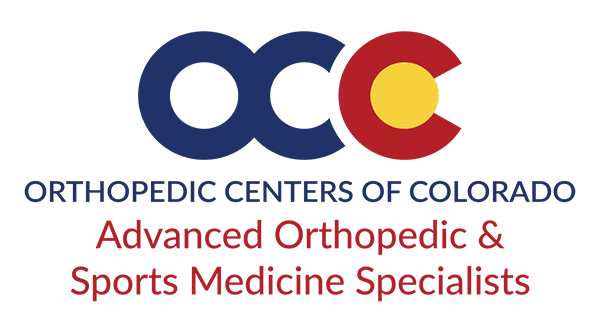 Your wrist and hands are home to more small bones, joints and ligaments than you may realize. These joints can become inflamed and ligaments injured in the most instinctive of activities.
Your wrist and hands are home to more small bones, joints and ligaments than you may realize. These joints can become inflamed and ligaments injured in the most instinctive of activities.
Did you know that most wrist injuries are either the result of an impact or the byproduct of repetitive use (e.g. carpal tunnel syndrome, tendinitis)? The keys to look for in wrist injuries are swelling, lingering pain, and sometimes tingling or numbness – all symptoms we’d like to avoid! Try to build these habits into your activities to avoid overuse injuries:
1. Build strength
Repetitive motions – from playing an instrument, to swinging a tennis racquet, to typing on a keyboard – place strain on both the tendons and ligaments in our hands and wrists. But if your surrounding muscles are weak, wear and tear on tendons is amplified, leading to injury and pain. Focus on building muscle strength in your forearms and resist the temptation to overextend your wrist or rely on smaller muscles of the fingers and hands.
2. Be flexible
This means maintaining a good range of motion, participating in a proper cool down after exercise, including stretching for all activities – even at your desk or after gardening. But it also means, varying your schedule and varying both the frequency and duration of your activities to allow your other joints and muscles to share the load.
3. Take breaks
This may seem obvious, and many natural breaks are built into sports and exercise, but when is the last time you pushed back from your desk at work and took a walk or rested your hands and wrists? Staying in the same position for extended periods of time is downright unhealthy. A good rule of thumb is a 10 minute break for every hour your work. This doesn’t mean you have to stop working, just switch to another task that uses other joints or skills.
In sports, there are far too many opportunities to over do it, like training too frequently or aggressively, or by using poor form and putting extra strain in the wrong place. Talking breaks forces you to do three essential things: rest, stretch (see #2), and assess. Assess how you are using your hands and wrists, and make sure you have proper form. OSHA offers several tips on proper form while working at a desk.
If you are already feeling pain, or have noticeable and sustained swelling, it’s probably time for an evaluation. Your doctor will help you find the right treatment option, depending on your symptoms, lifestyle and other factors. Treatments for overuse injury range from Immobilization, to rehabilitation, to surgery.








